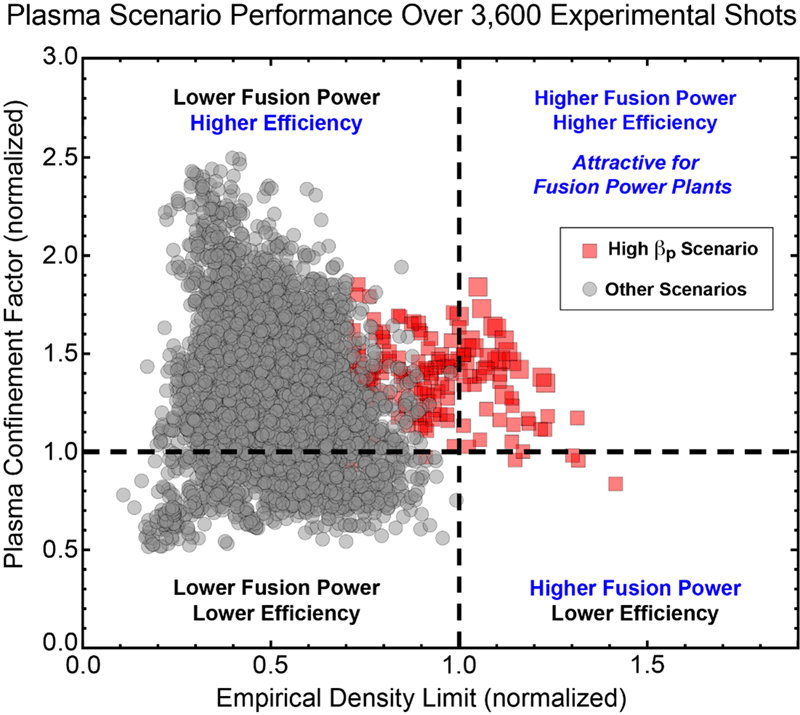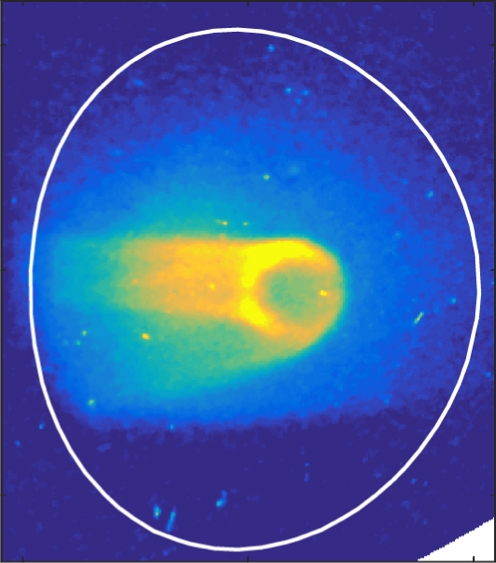Fuel density in fusion tokamak devices has historically been constrained by limits in device design. Now, however, researchers at the DIII-D National Fusion Facility have for the first time gone beyond these density limits while simultaneously maintaining high confinement quality. These conditions have in the past been mutually exclusive. The result points to a possible solution for a common challenge for tokamak devices.


